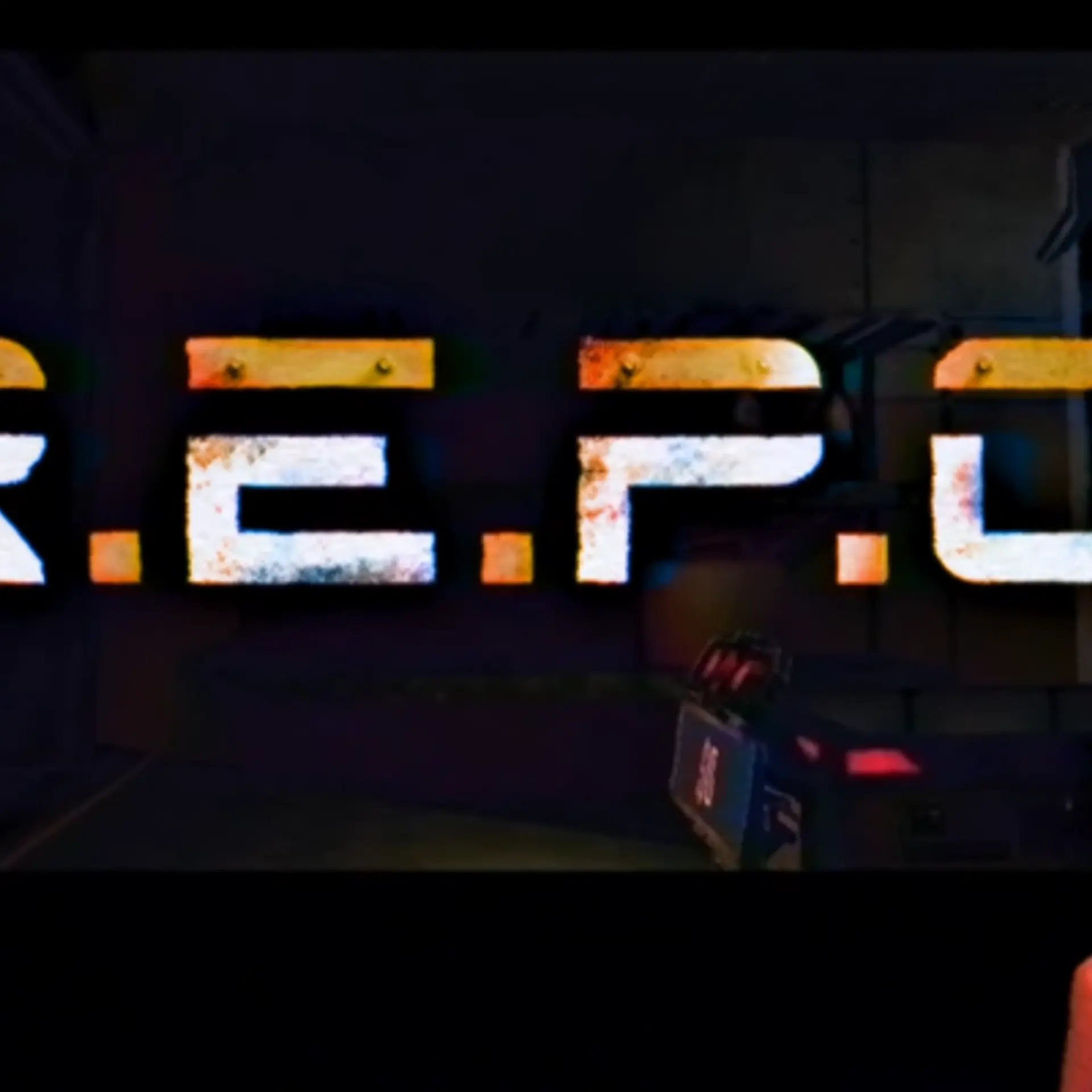How Jayanti Buruda navigates the grassroots as Malkangiri’s first woman Adivasi journalist
Jayanti Buruda has emerged as a formidable voice for her Koya tribal community, as the first woman Adivasi journalist from the region. Her connection to the land that once offered her solace as a child now fuels her mission to bring visibility to the voices and struggles of her people.
As a child growing up in the quiet forests of Serapally village, Malkangiri district, Odisha, Jayanti Buruda often retreated into the jungle and the moon to confide in them. When other children played with their phones, Buruda sought solace in nature, escaping the quarrels that her brother would often get into in a state of inebriation.
These formative experiences shaped the voice in Buruda that would one day amplify the struggles and resilience of her Koya tribal community.
Today, Buruda stands tall as Malkangiri’s first woman Adivasi journalist, a role rooted in her intimate bond with her land and its people.
“My connection to my community, which made me a reclusive child, is what emboldens me to tell our stories today,” she says.
Buruda’s childhood unfolded in a community where literacy rates for girls are dismally low, often under 24%, according to the Scheduled Castes and Scheduled Tribes Research and Training Institute. Despite this, her father, a respected block and zila panchayat member, ensured his daughters were educated. This rare privilege made theirs the first educated family in their community.
Her father’s activism left a deep impression on her.
“My father always wore a dhoti and fought for Adivasi rights, while my mother cooked for families in need. Yet my father feared for me to leave the village to study,” she recalls.
Determined to carve her own path, Buruda pursued a bachelor of arts in Malkangiri, where she also worked to educate tribal children, learnt martial arts, and nurtured a love for storytelling. Her dream required courage to overcome societal and financial obstacles.
Studying journalism at the Central University of Odisha in Koraput, 150 km away from her home, Buruda faced difficulties such as unaffordable hostel fees and a sudden entry into a new, unfamiliar world. Friends rallied to support her, with one family even taking her in as one of their own, enabling her to complete her education.
An internship with documentary filmmaker Biren Das, whom she calls her mentor, cemented her aspirations. Soon after, she joined Kalinga TV, reporting from one of India’s most underdeveloped and conflict-ridden regions, marred by Maoist insurgency.
Her position as a tribal woman journalist brought unique challenges. “In newsrooms, male colleagues often sidelined me, exploited my tribal identity and language barriers, and even took credit for my stories at times,” she says.
In 2017, the Network of Women in Media, India recognised her potential, awarding her a fellowship designed to amplify voices from underrepresented communities. Through this platform, Buruda addressed critical issues faced by marginalised groups, particularly tribal women and children. The fellowship allowed her to tackle gender and social inequalities with a perspective informed by lived experience.
Stories with a difference
Buruda’s reporting brings to light the stark realities of her community. In one story, she documented maternal healthcare challenges in Malkangiri, where women give birth without access to medical facilities. The report highlighted systemic gaps, sparking a dialogue about improving healthcare infrastructure.
For another story, Buruda accompanied an expecting mother to the hospital after travelling for two days. “Her house had been flooded and the only modes of transport available to us were a tractor, a bullock cart and a bus. Her midwife and community members had given up on the possibility that she could be saved. But she was taken to the hospital just in time and she gave birth to a baby boy,” says Buruda.
Another notable story by her involved her following a group of tribal women who overcame illiteracy to address domestic violence and alcoholism in their homes, leading to the shutdown of all liquor shops in the village.
Buruda’s stories also focus on menstrual hygiene among tribal women. “Talking about menstruation is taboo here, but silence perpetuates the problem, as after they start menstruating, girls often drop out of school. They also use unsanitary products,” she says.
“Their courage to change their circumstances inspires me. I see my role as a bridge between their stories and the world,” says Buruda.
Beyond reporting
Jayanti’s commitment to her community extends beyond journalism. In 2018, she started a women’s collective called Bada Didi Union which works with young women to build awareness on menstrual hygiene and sexual safety, and focuses on controlling dropout rates in the region.
“We find that sexual abuse is often a big deterrent in girls continuing school. By initiating conversations around this, we give girls a safe space to confide in, while equipping them with knowledge on how to stay safe. This also removes the stigma around the subject,” says Buruda.
Buruda’s journey, marked by resilience and purpose, reflects her belief in the transformative power of grassroots dialogue and media. By navigating societal and systemic barriers, she has become not only a storyteller but also a changemaker. She envisions a future where more tribal women use media to rewrite the narratives of their communities, championing empowerment and justice for all.
“I want to empower more women to tell our stories for these reasons, as they can tap into the power of the media to bring about real change," she says.
Edited by Swetha Kannan







